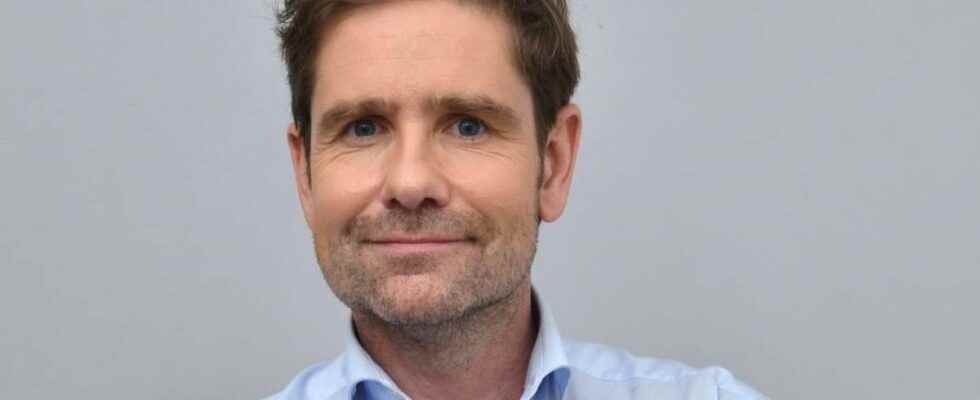The Minister of Health Olivier Véran announced it on Wednesday May 11: wearing a mask will no longer be compulsory in public transport, short or long distance. Is this a good measure? Where will the mask remain mandatory? The answers of Dr Gérald Kierzek, emergency doctor and medical director of Doctissimo
The end of the obligation to wear a mask in transport represents the lifting of one of the last restrictions put in place since the start of the health crisis. However, the mask will always remain compulsory in certain places. Explanations.
A general recommendation
By announcing the end of the obligation to wear a mask in transport, the Minister of Health also recalled that wearing a mask remains “recommended” for the most fragile people. This lifting of the wearing of the mask is “a good thing” for Gérald Kierzek, emergency doctor and medical director of Doctissimo.
“”The most fragile can continue to wear it if it reassures them and for the others, this obligation had to be lifted, because we know better and better the modes of contamination with Covid-19 and we know that it is not on an airplane. , for example, where the air is regularly renewed, that we become contaminated”. ”
The doctor also recalls that there is still a lack of reliable information on the role of the surgical mask in concretely limiting contamination.
Consult a GP online
A requirement in some places
In addition, the mask will continue to be compulsory in certain places welcoming fragile people such as health establishments or nursing homes. But not only.
Indeed, a decree dated March 12 provides that the managers of pharmacies, for example, will be able to impose the wearing of a mask in their pharmacy for all from the age of 6, both for patients and for their employees.
A common sense measure for Dr. Kierzek: “The pharmacy is typically the closed place where different audiences meet, including fragile and at-risk people.. Other establishments, such as medico-social establishments or homes for disabled people, among others, can also implement this measure.
